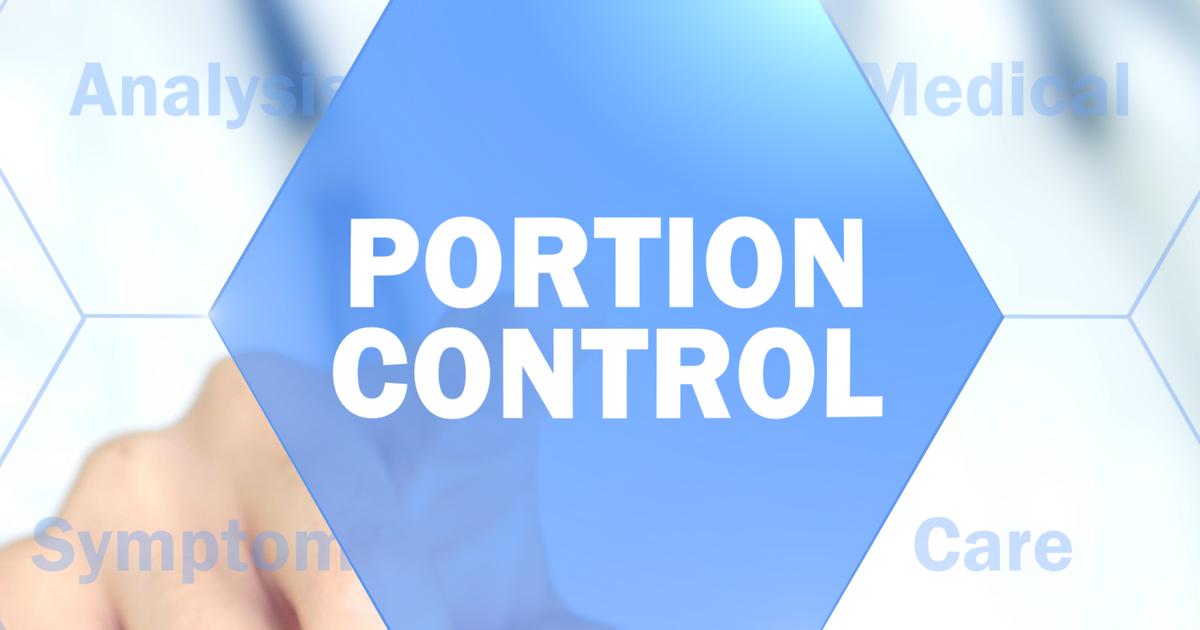Game-Changing Nutrition Hacks for Taming the ADHD Tiger in Adults and Kiddos
Attention deficit hyperactivity disorder (ADHD) is the most common mental disorder among children. It is characterized by inattention (such as not following directions), daydreaming, and appearing as if the child is not listening. Other markers include hyperactivity, such as being unable to sit still, excessive talking, and trouble playing quietly, as well as impulsive behaviors like blurting out answers and not waiting for their turn. While it often subsides, adults can also have ADHD. These markers include disorganization, substance abuse, chronic boredom, impulsivity, and mood swings. While medication is the most common way to treat ADHD, diet is another way to help ease the symptoms in both children as well as adults.
Eat Smaller Meals More Frequently

When individuals only eat three large meals a day, they are putting themselves at risk of crashes in energy, particularly if they are not smart about the food choices they make. Both adults and children with attention deficit hyperactivity disorder can not only experience the same crashes but can also see worsened symptoms, such as an increase in inattention and irritability. Their focus will be even more impacted if they suddenly get hungry again. Parents can avoid this with their children by packing smaller snacks for school or feeding them in smaller but more frequent quantities at home. Adults, of course, would be responsible for managing this themselves by bringing more snacks to work and making smaller meals at home more often. Eating smaller meals more often lessens the potential energy crash and helps level everything out throughout the day. While this will not prevent symptoms of ADHD entirely, it can still help keep dramatic mood swings at bay.
Always Include Healthy Protein Options

Lean and healthy protein, such as chicken, nuts, and eggs, help prevent surges in blood sugar in the body, which contributes significantly to hyperactivity and inattention. Furthermore, the body uses foods rich in protein to help produce neurotransmitters, which improves a patient's brain cells to communicate better and promote sustained energy and alertness. Healthy protein helps the body release energy over longer periods, which means there are fewer significant spikes and drops, both of which can exacerbate symptoms of ADHD in adults and children. Eggs are an excellent choice for a protein-rich breakfast, and chicken is great for lunches and dinners. In regards to snacks, individuals can reach for small handfuls of nuts, natural peanut butter with apple slices, or sliced avocado on whole wheat toast.
